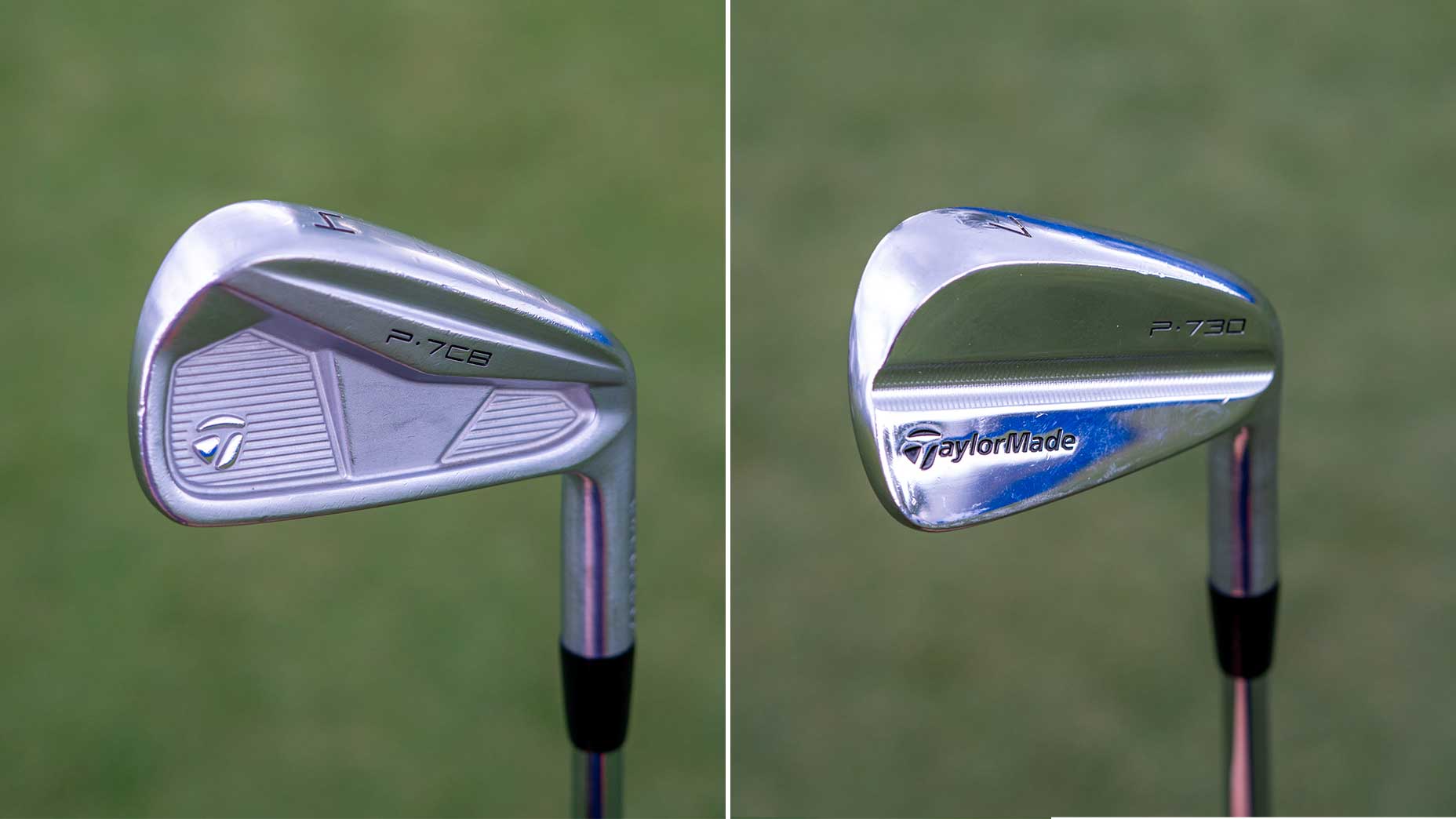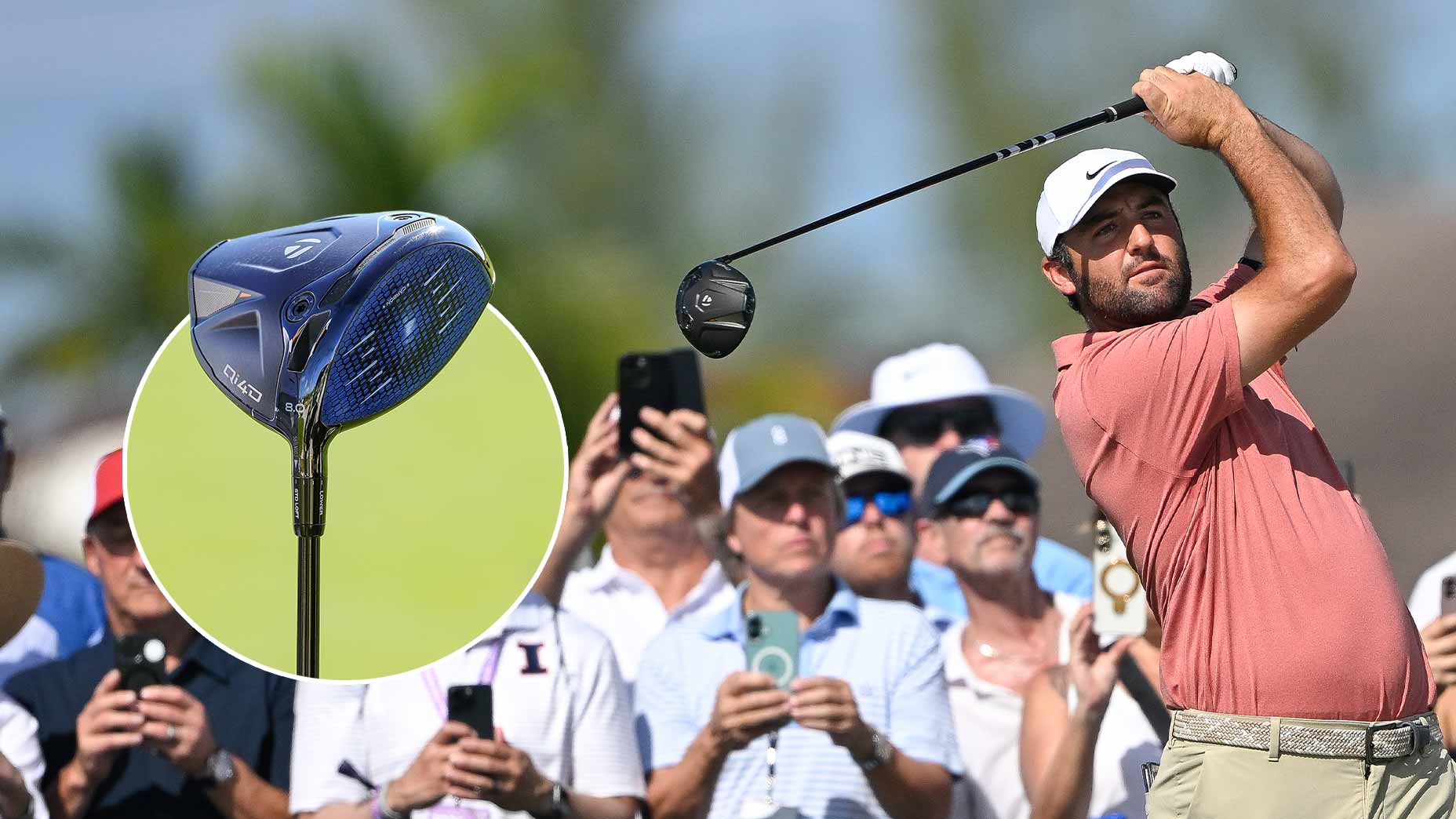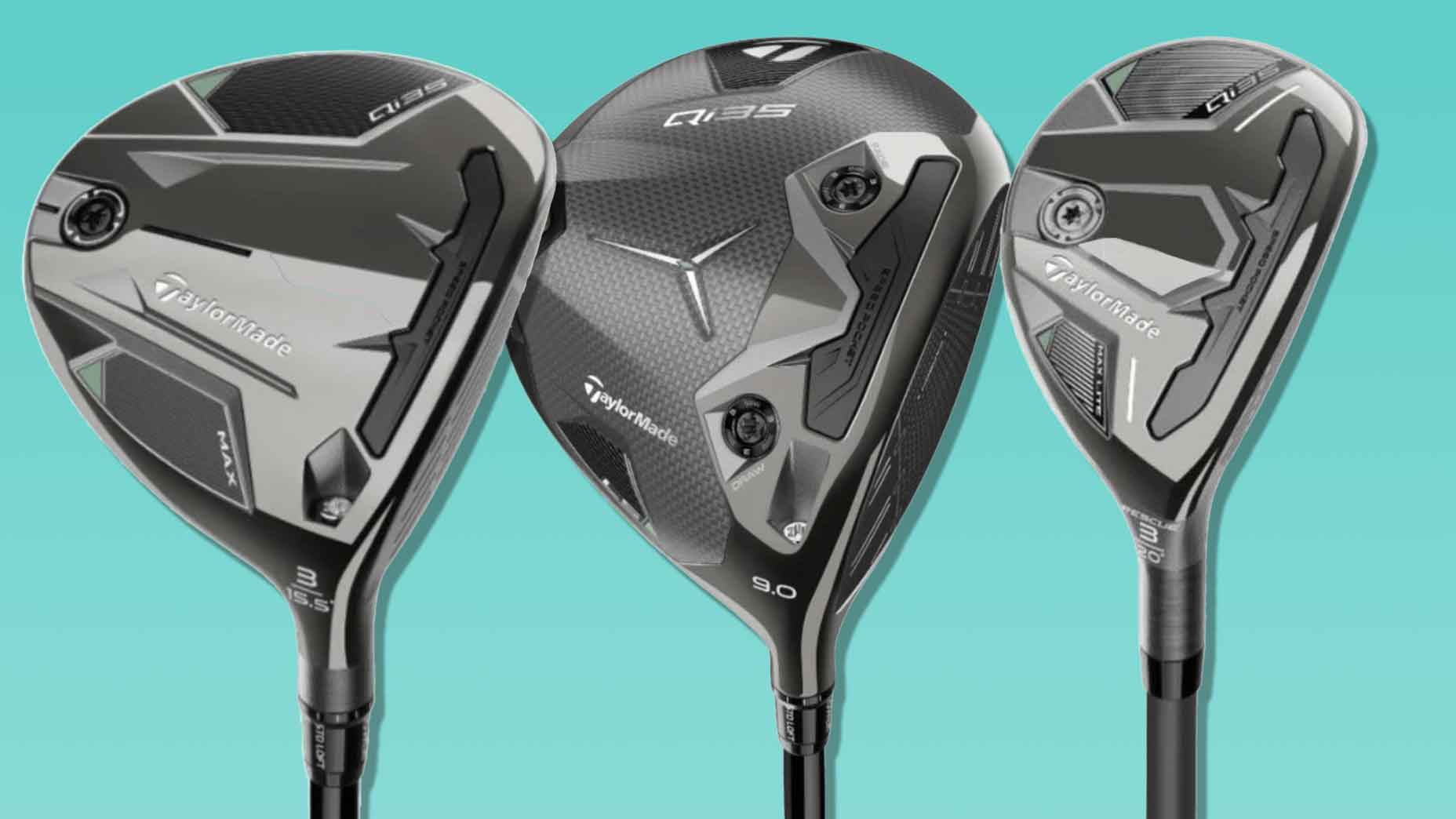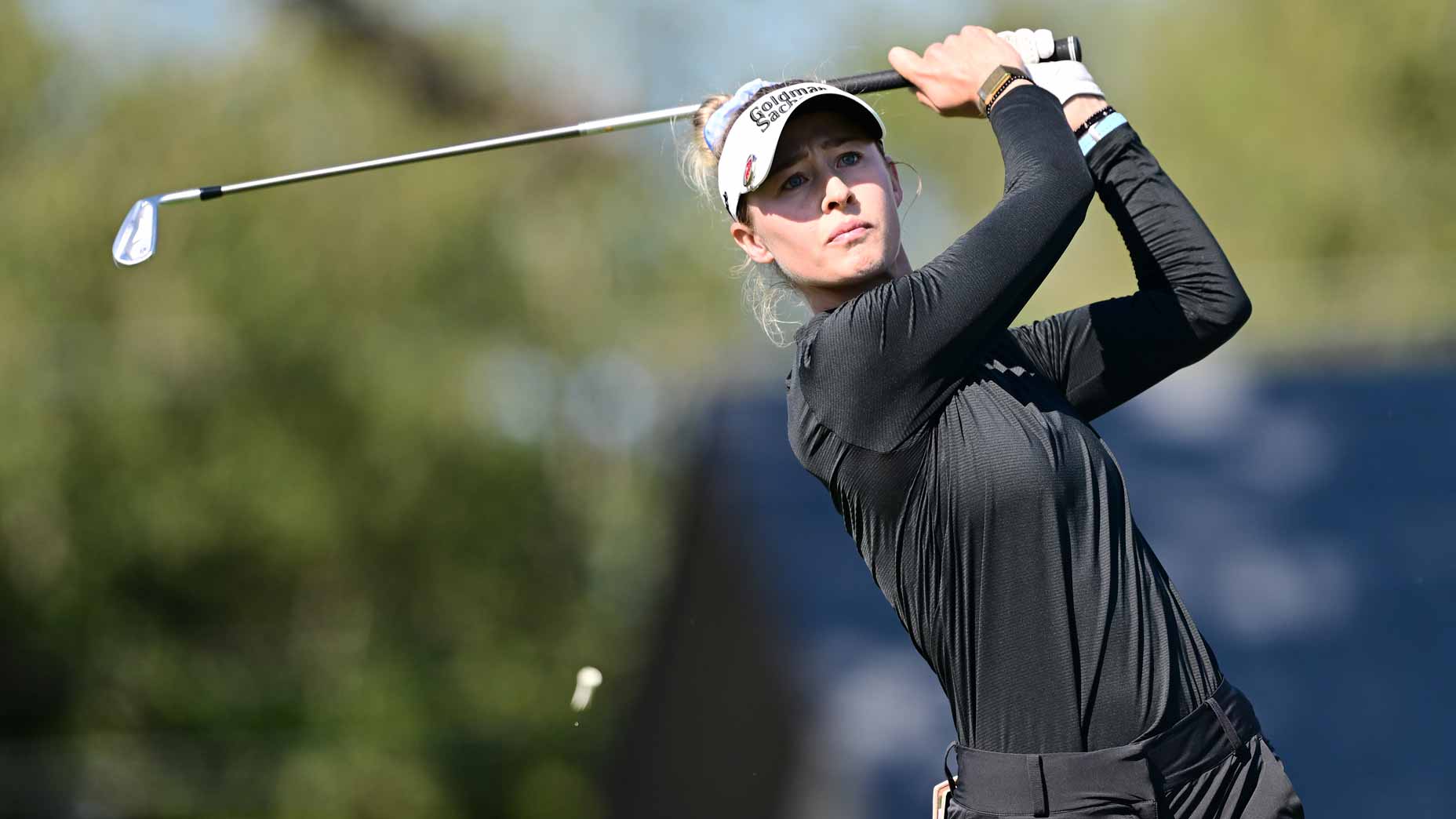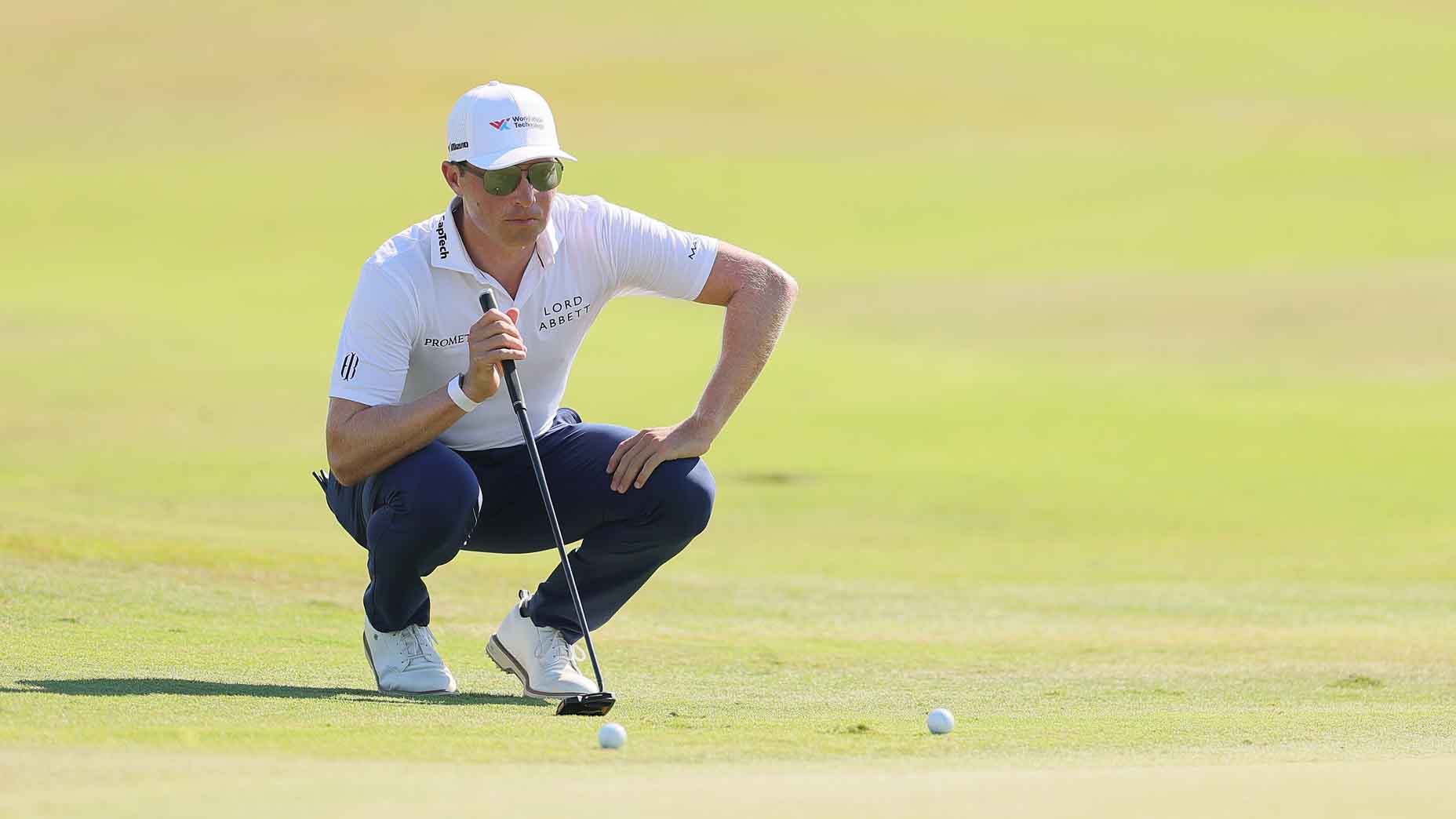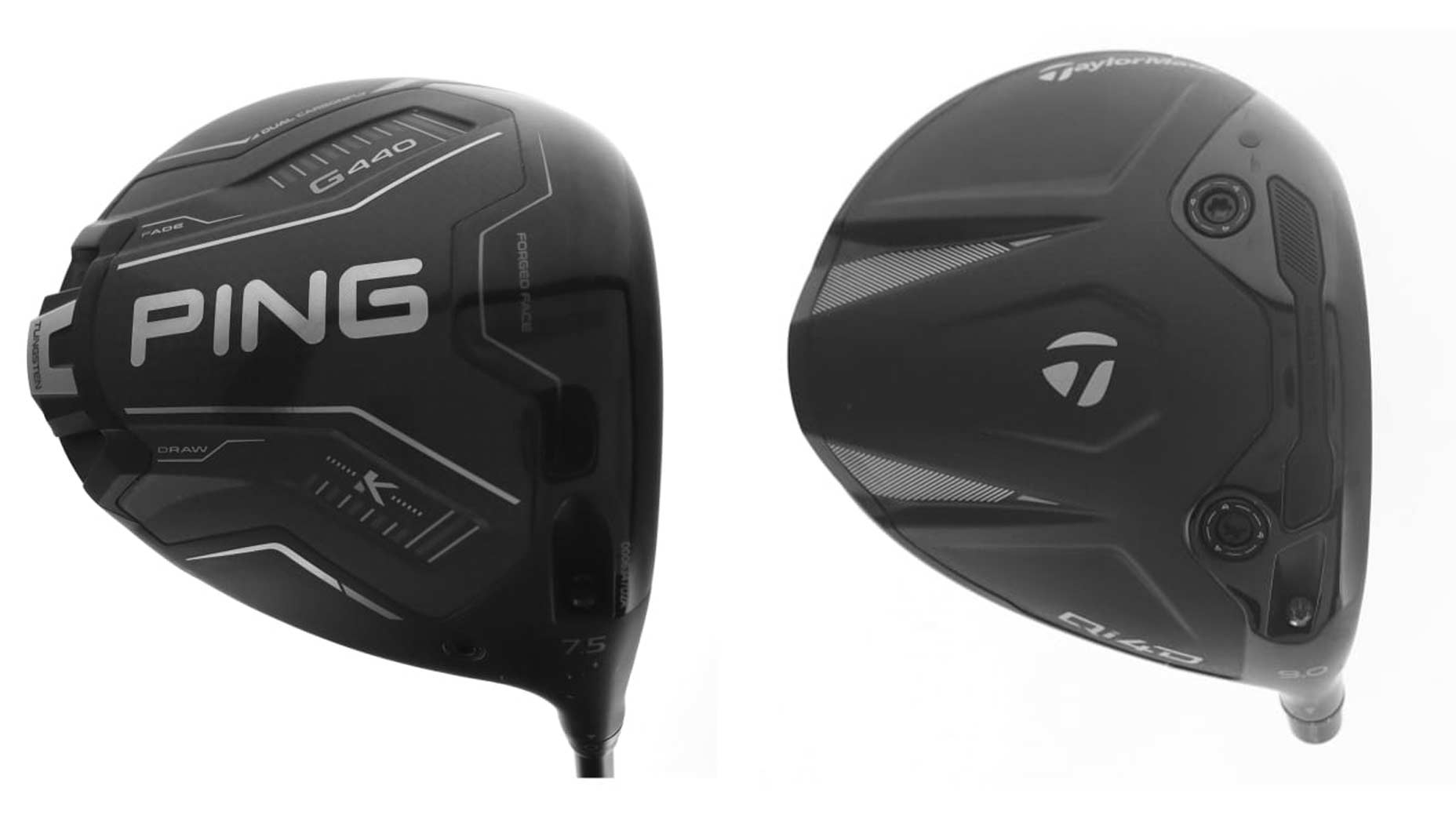Welcome to GOLF.com’s ClubTest Proving Ground, where Managing Equipment Editor Jonathan Wall and Senior Equipment Editor Ryan Barath — along with a cast of GOLF writers and editors — put the latest designs and groundbreaking technology in the equipment space to the test on the range and the course.
MORE FROM OUR 2023 CLUBTEST COVERAGE: The tech behind TaylorMade Stealth 2 drivers | The tech behind TaylorMade Stealth 2 fairway woods/hybrids | The tech behind TaylorMade Stealth HD irons | WATCH: TaylorMade Stealth 2 robot testing driver insights | WATCH: Inside a TaylorMade Stealth 2 irons fitting
TESTER: Ryan Barath (Senior Editor, Equipment) | 4 HCP
GOAL: Find gear to help distance gaps in longer irons, and lower spin in my long game.
THE LOWDOWN: Because I report on golf equipment, many people assume that I was an aspiring tour player or an ex-college stud who didn’t pan out. I’m neither. I’m just a lifelong golfer who happens to be a huge nerd when it comes to equipment, club-fitting and club-building.
As for my game, my go-to golf course is a 125-year-old public 9-holer that tops out at a prodigious 2,600 yards — Norfolk Golf & CC. I’m a mid-single-digit handicap who hovers anywhere between a 4 and a 6. I swing the driver around 106-108 mph and with some decent accuracy. My biggest struggle is maximizing my potential with my irons and too much driver spin. To play my best I need to minimize my misses and get better performance from my fairway woods and mid-irons.

Like many golfers, I enjoy irons with extra forgiveness as long as they don’t sacrifice a slimmer topline look from address. Although I appreciate the technology larger game-improvement irons offer, I have a harder time with their wider soles. The perfect middle ground for me is a player’s profile iron.
If there is one part of my game that keeps me afloat in my sea of shaky swings, it’s my short game, specifically my green reading and distance control. This part of my game has saved me more times than I can count.
FITTING PROCESS: For my fitting, I visited “The Kingdom,” TaylorMade’s headquarters and tour-fitting facility, in Carlsbad, Calif., for a day of testing the brand’s new-for-2023 offerings. Even though I have been deep in the golf-equipment world for well more than a decade, this was my first trip to the mecca of TaylorMade’s equipment testing. The experience didn’t disappoint.

The facility is outfitted with everything from indoor to outdoor hitting bays, huge areas of fresh turf to hit shots and a short-game area and putting green with enough hole locations and slopes to make any sort of testing engaging. The practice range is also peppered with targets to help players monitor their distance and dispersion control.
As for putting tech, The Kingdom has one of my favorite fitting tools on the planet, which uses high-speed cameras to capture your putting stroke, plus golf-ball launch and spin numbers to get you dialed into the right putter style and specs.
My fitted gear
Driver
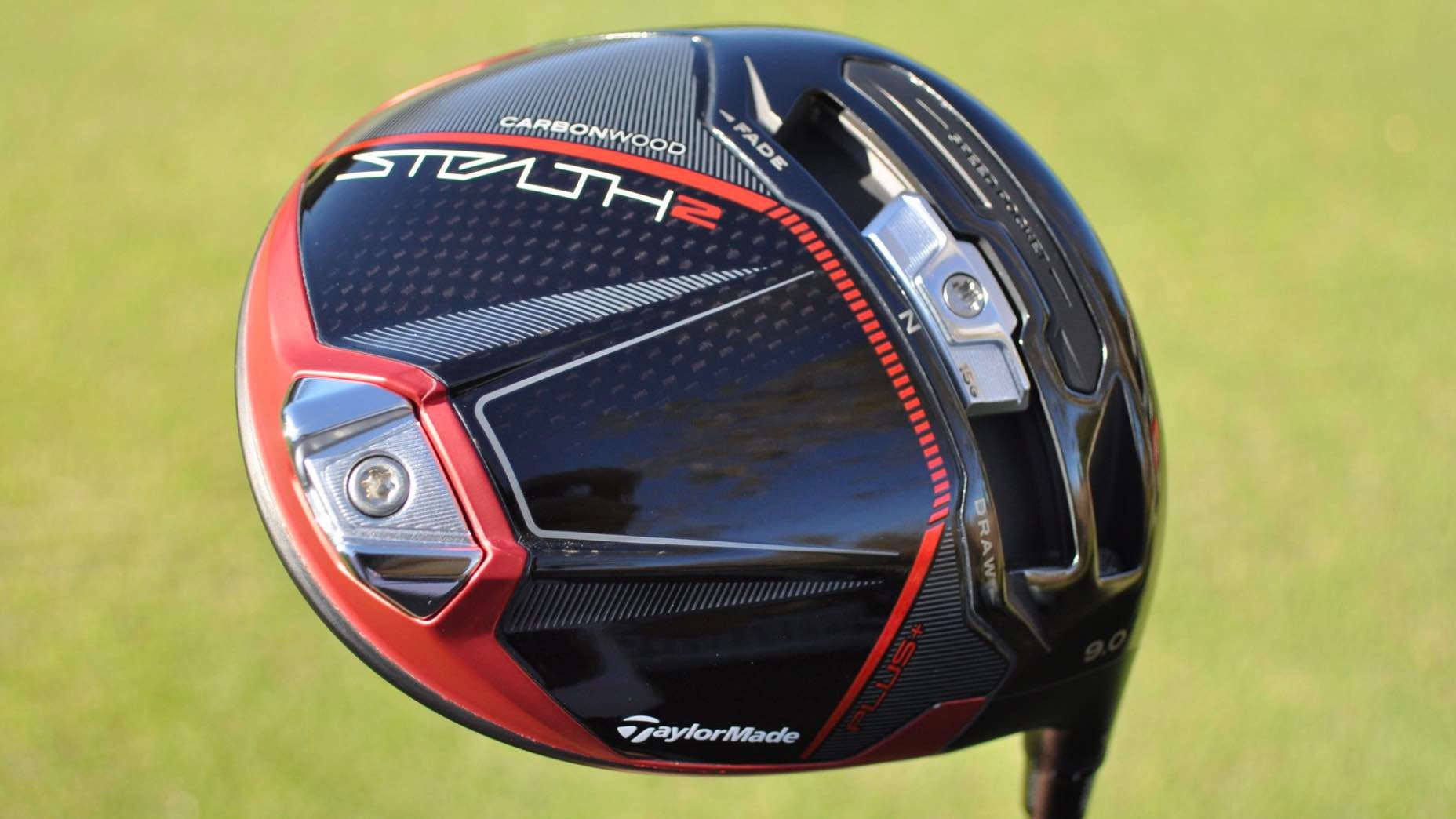
I was fit for the new Stealth Plus, which offers the ability to adjust the loft (with the FCT Adapter) along with the center of gravity (with a sliding heel-to-toe weight track). The other two new Stealth models also offer hosel adjustability, but the sliding weight track is unique to the Plus model and is 50% heavier than the previous generation thanks to reduced weight from the lighter carbon face and carbon back ring.
The ability to adjust these two parameters independently offers a huge amount of flexibility for fine-tuning ball flight, especially for a player like myself who likes to see the face a little open at address but also tends to miss toward the heel. My miss immediately results in shots with increased spin, but what I saw in the numbers with the Stealth Plus is how spin variance around the face was more stable than drivers I have used in the past. After my fit I saw my spin numbers hover around the 2,500-2,700 range which is 200-300 less than many drivers I have used in the past.
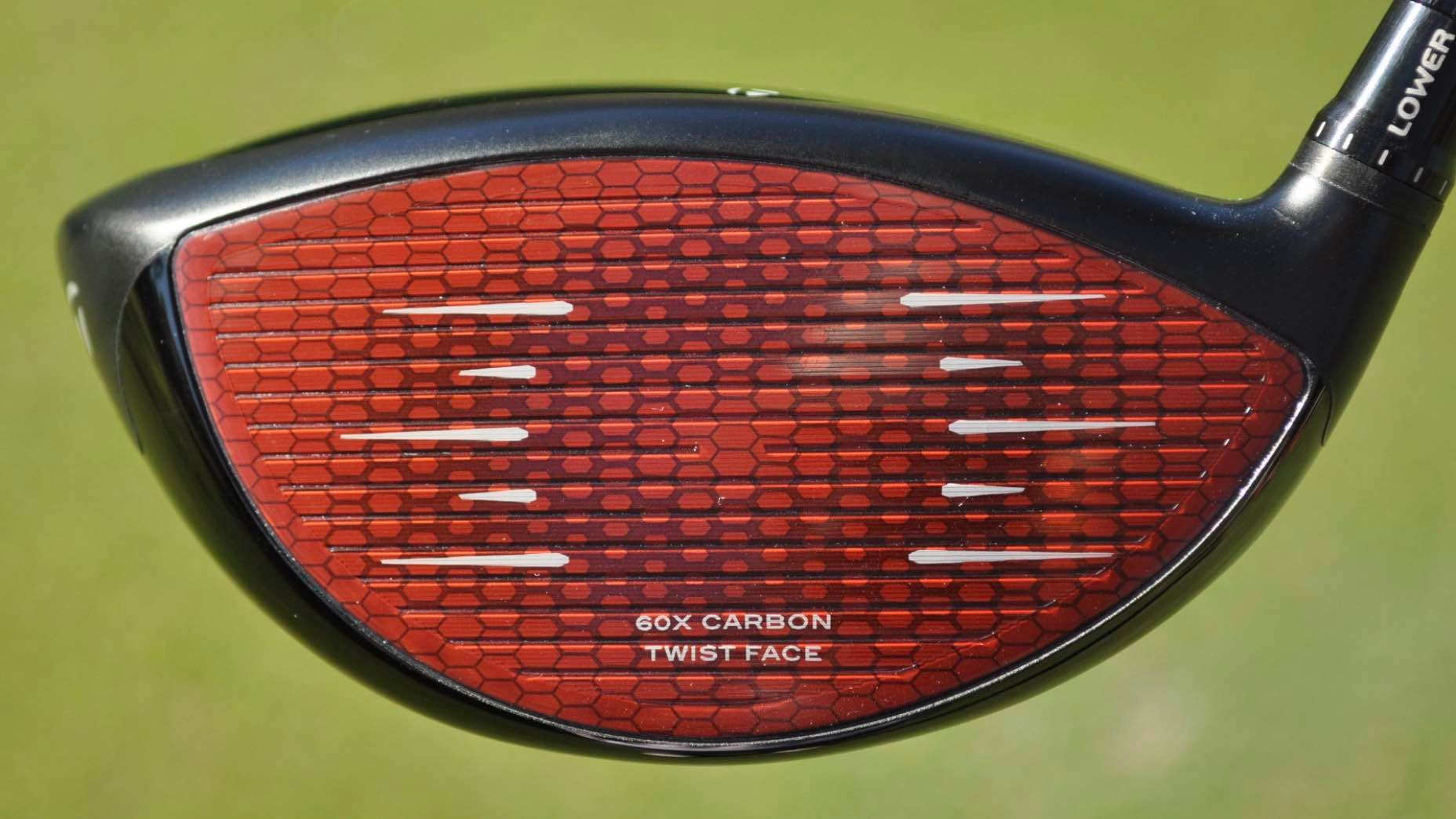
This stability is a result of the adjusted variable thickness of the carbon face and TaylorMade’s continued use of TwistFace, which helps (in simple terms) further normalize spin on shots hit around the face thanks to an adjusted-face geometry.
In a world where drivers aren’t getting any longer when struck on the screws, the key to getting the most from the most valuable club in your bag is the ability to dial it in. The Stealth2 Plus provides tons of adjustability that is easy to understand and technology to make less-than-perfect swings that much better, which should be music to the ears of golfers looking for every advantage.
Fairway woods
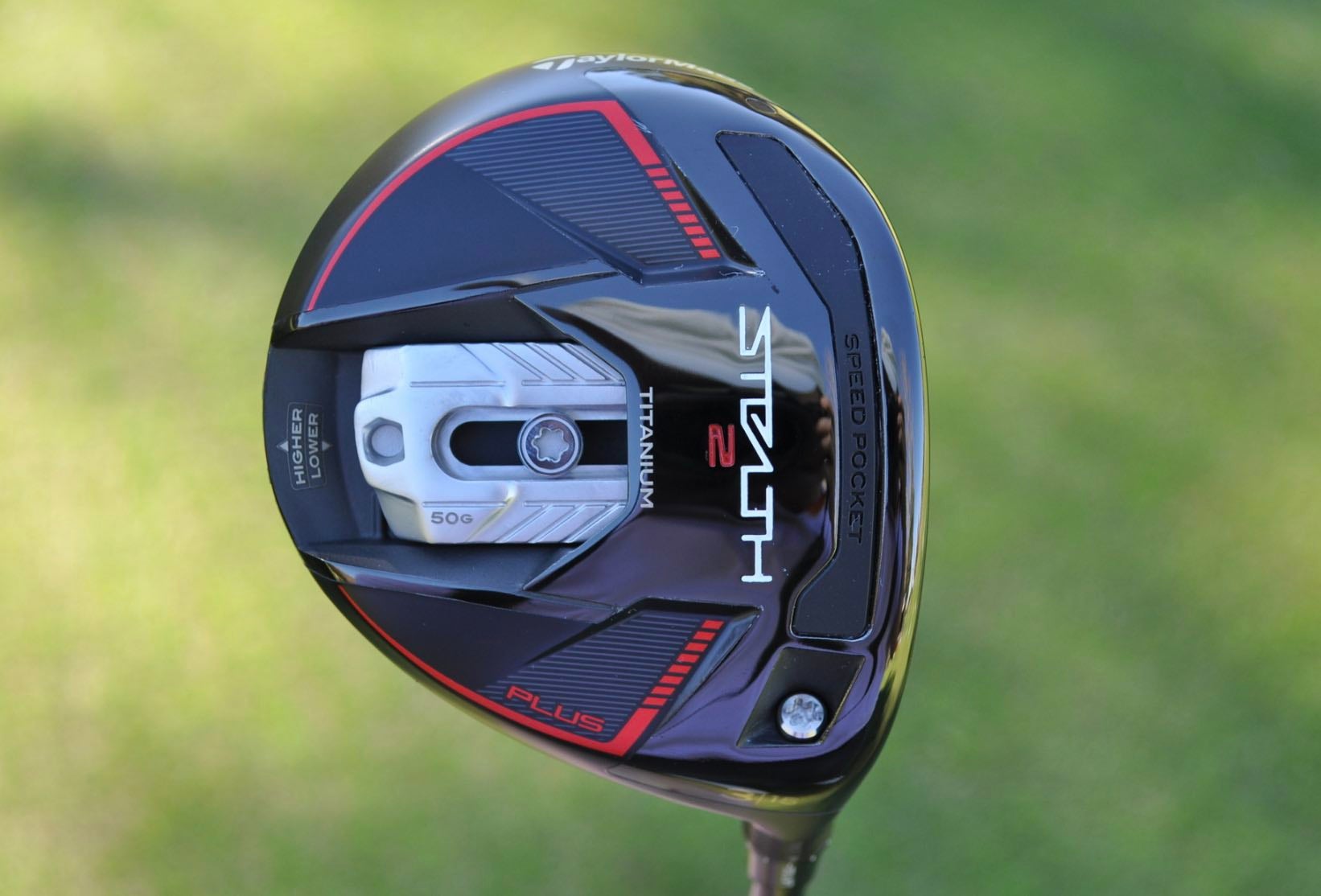
With so much talk about adjustability and technology in drivers, fairway woods often get second billing because their job is less about generating flat-out distance and more about total performance. Fairway woods have to mean many different things to a variety of players, which is why designing them can be a difficult task.
In the case of the new Stealth2 Plus, the engineers at TaylorMade have delivered on producing one of the most functionally adjustable fairway woods I have ever seen, and for me and my fitting that meant flattening trajectory and reducing spin. With the goal of having a powerful club that I can hit off the ground and off the tee, I was seeing carry numbers around 245 yards and spin in the 3,300-3,500 rpm range, once again 200-300 rpm less than previous models I have used.

The spin reduction I saw was a huge result of being able to move the adjustable sliding weight to the full forward position behind the face. This reduced dynamic loft at impact in turn helped reduce spin. In the past, to get spin where I need it for my swing, I have relied on a strong-lofted 3-wood in the 12.5-14° loft range, which is great for distance off the tee but really hard to hit high and soft when, say, trying to hit a par-5 in two.
The adjustable sliding weight positioned on the sole of the Stealth2 Plus fairway wood is a meaty 50 grams, which is just less than 24% of the club’s total mass. To put that 50g into perspective, that’s more than 300% bigger than the sliding weight in the Stealth2 Plus driver!
With the Stealth2 Plus and all of its adjustability, I was able to use a standard 15° 3-wood loft to increase my launch while helping create a better separation between my launch and spin window.
For any golfer who is looking to fine-tune spin in their fairway woods — whether the goal is for extra height and stopping power, or simply for more distance — this can be achieved with the titanium Stealth2 Plus.
Irons and Hybrid

Since their introduction, the P-Series irons have helped to change the way iron technology and looks can be combined to offer performance in a sleek package — and for golfers of all abilities. Take the P770 line, which has found its way into the bags of higher handicaps all the way to scratch golfers. Even noted blade connoisseur Tiger Woods has put some P770 long irons to good use alongside his personal P7TWs.
Although I love blades and enjoy occasionally playing with them, I’m also a realist. I know I need technology to help me get the most from my iron game, especially with my mid- and long-irons. (I know this deficiency in my game thanks to stat-tracking my rounds with Arccos; TaylorMade wants you to know your game better, too, which is why TaylorMade includes Arccos access with qualifying clubs, including P-Series irons.)
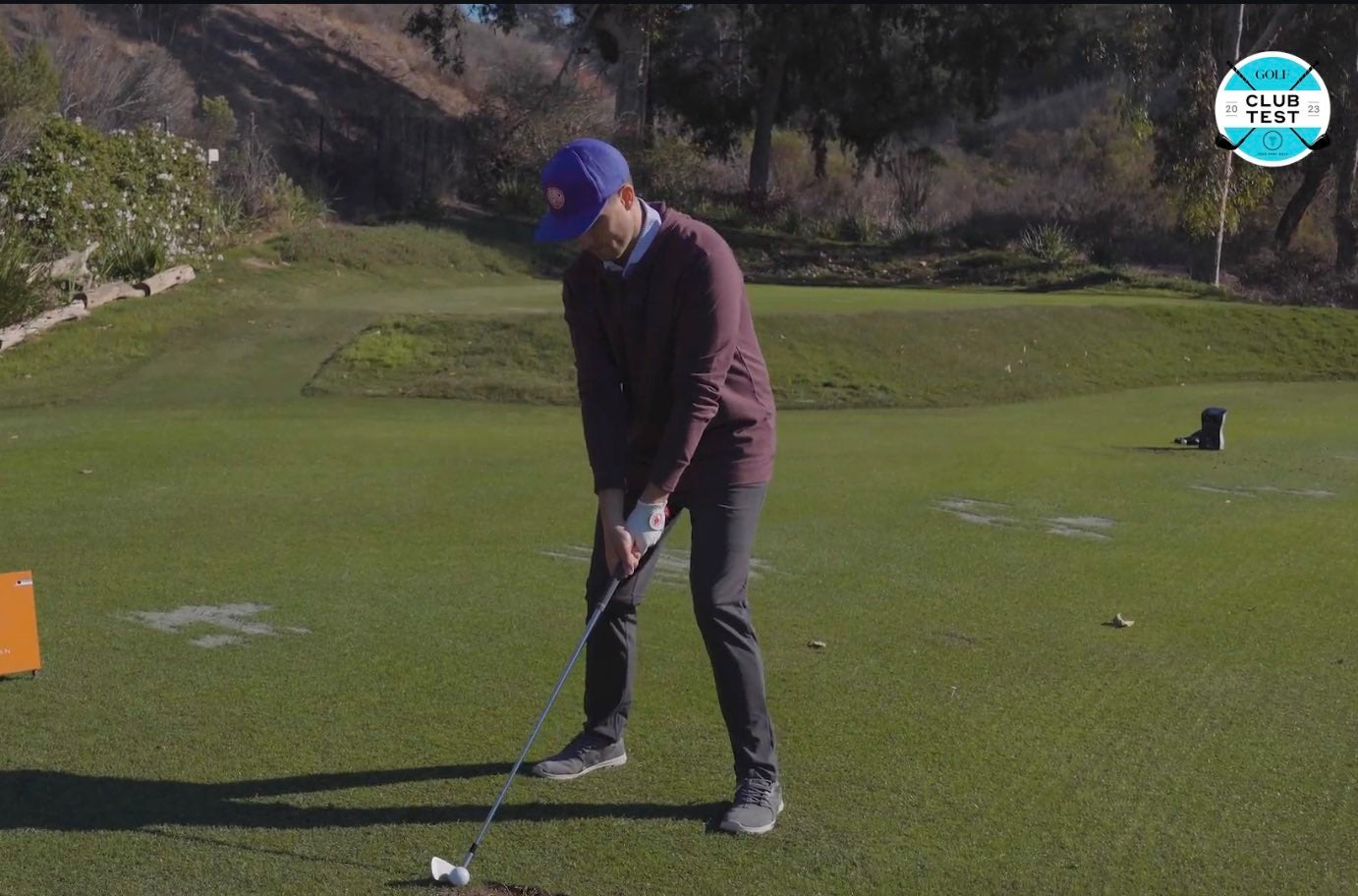
When going through the process of building my iron set with Matt Bovee, TaylorMade’s senior manager, product creation, it quickly became apparent that as much as I love the look and feel of the P7MB, it’s not a club from which I can get my best results. This is where the P7MC came in to offer that extra bit of forgiveness that I needed while also offering the smaller size I prefer in my short irons. The P7MB and MC’s use the same compact grain forging process, so even with everything I gained with the P7MC, they still maintained a soft feel.
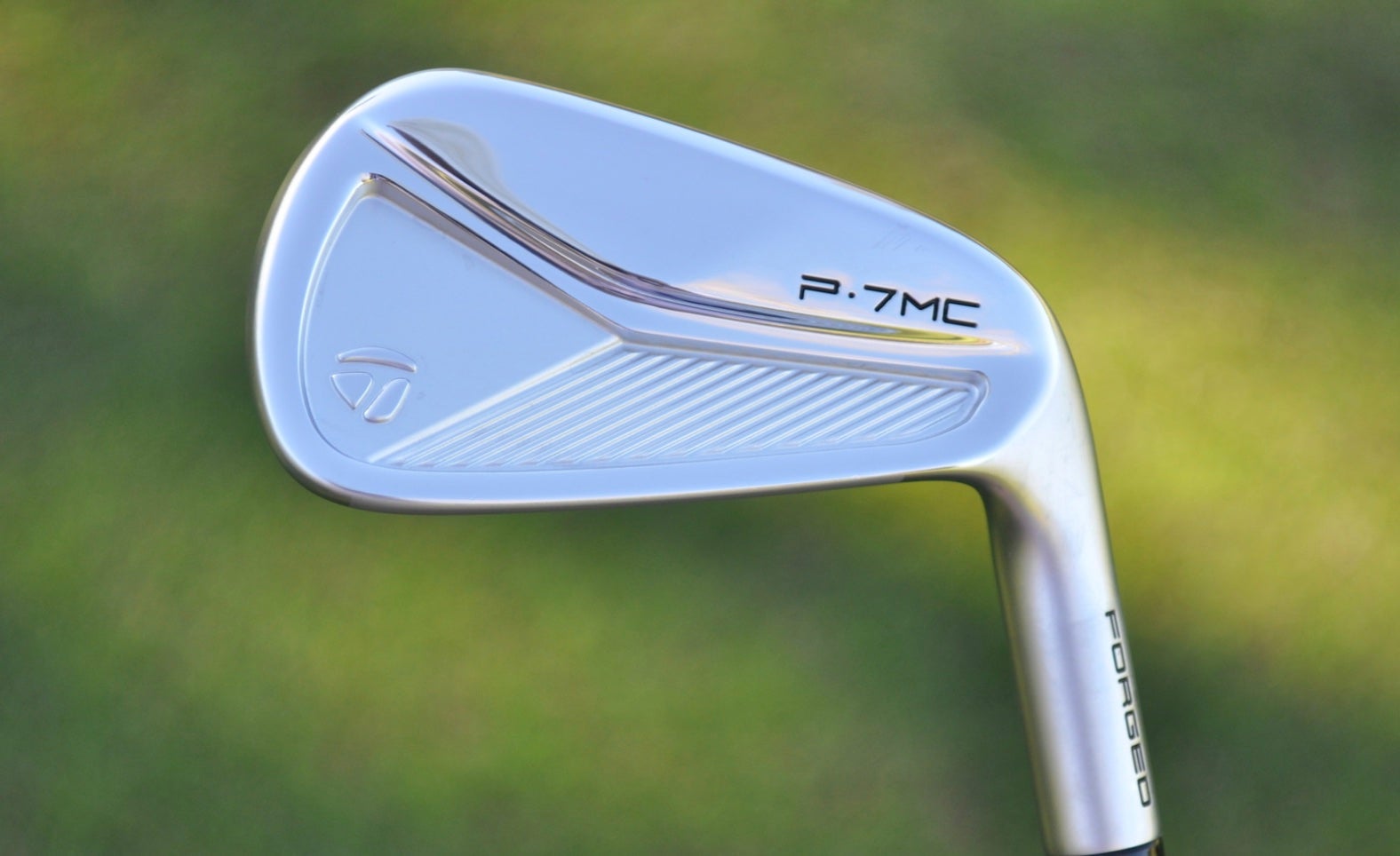
With my longer irons, I don’t struggle with height as much as I do creating distance separation up to my 4-iron. This is where having the faster and stronger lofted P770 presented its biggest advantage for my game, by sharing similar looks of the P7MC but offering more ball speed along with extra forgiveness. With my tendency to want to lift the ball with my longer clubs, the through slot pocket on the sole helped a lot with my low-face miss by minimizing ball speed loss to get more my bad shots.
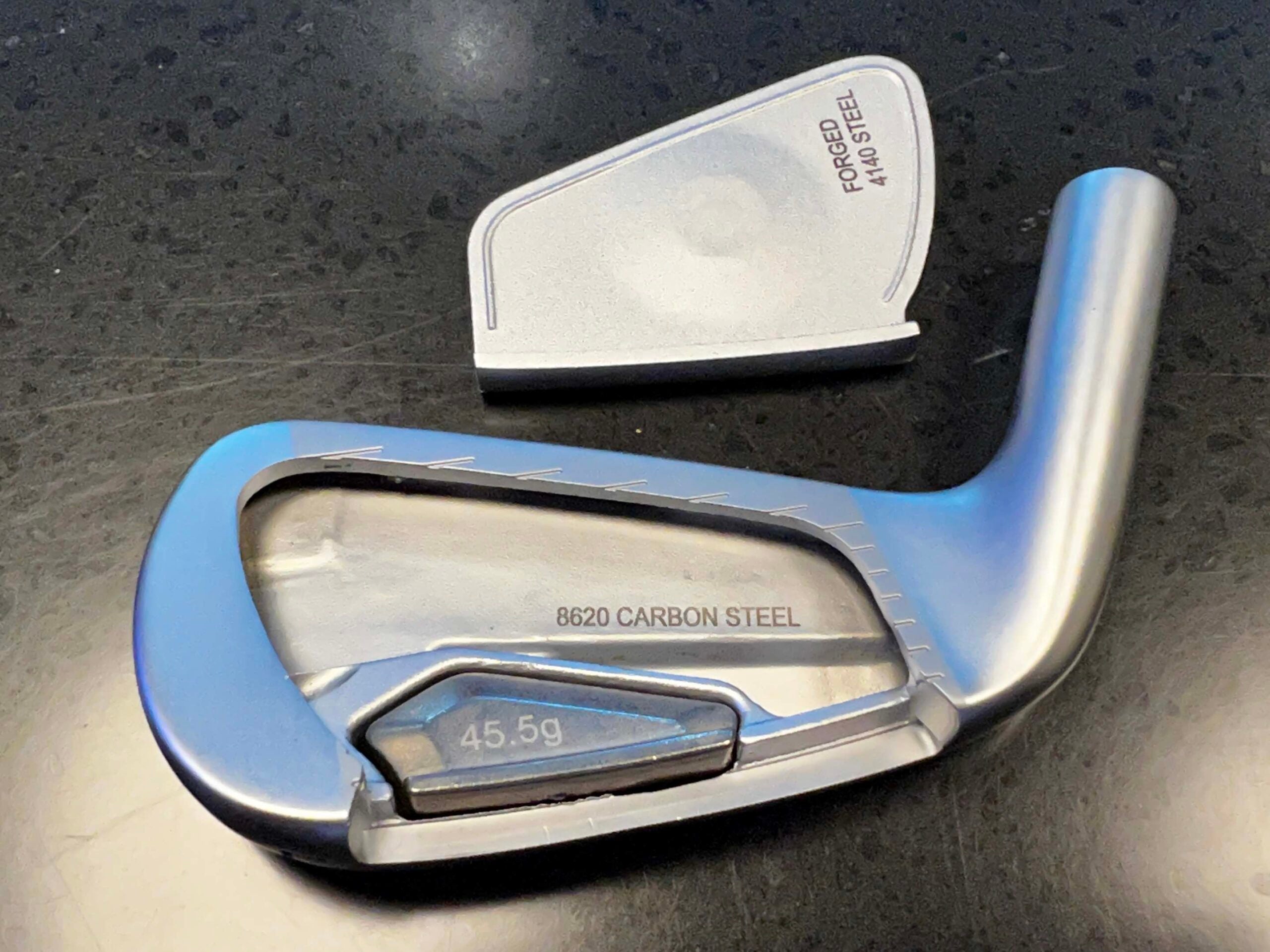
In the end, my set consisted of a blended mix of P770 4-6 irons and P7MC from 7 iron-PW. I didn’t gain any distance from the shorter irons, which is what I was expecting, but I achieved the goal of getting better distance gaps among by 4-, 5- and 6-irons, which is a huge asset going into my longer clubs.
Beyond both sets being standouts on their own, I believe many golfers will benefit from blending these iron sets and the rest of the new P-Series.

The final addition to my bag, which I am excited to work with, is a Stealth2 Plus hybrid. Although I have generally avoided using hybrids in the past, I really like the adjustability and looks of the head on top of the obvious performance it offered.
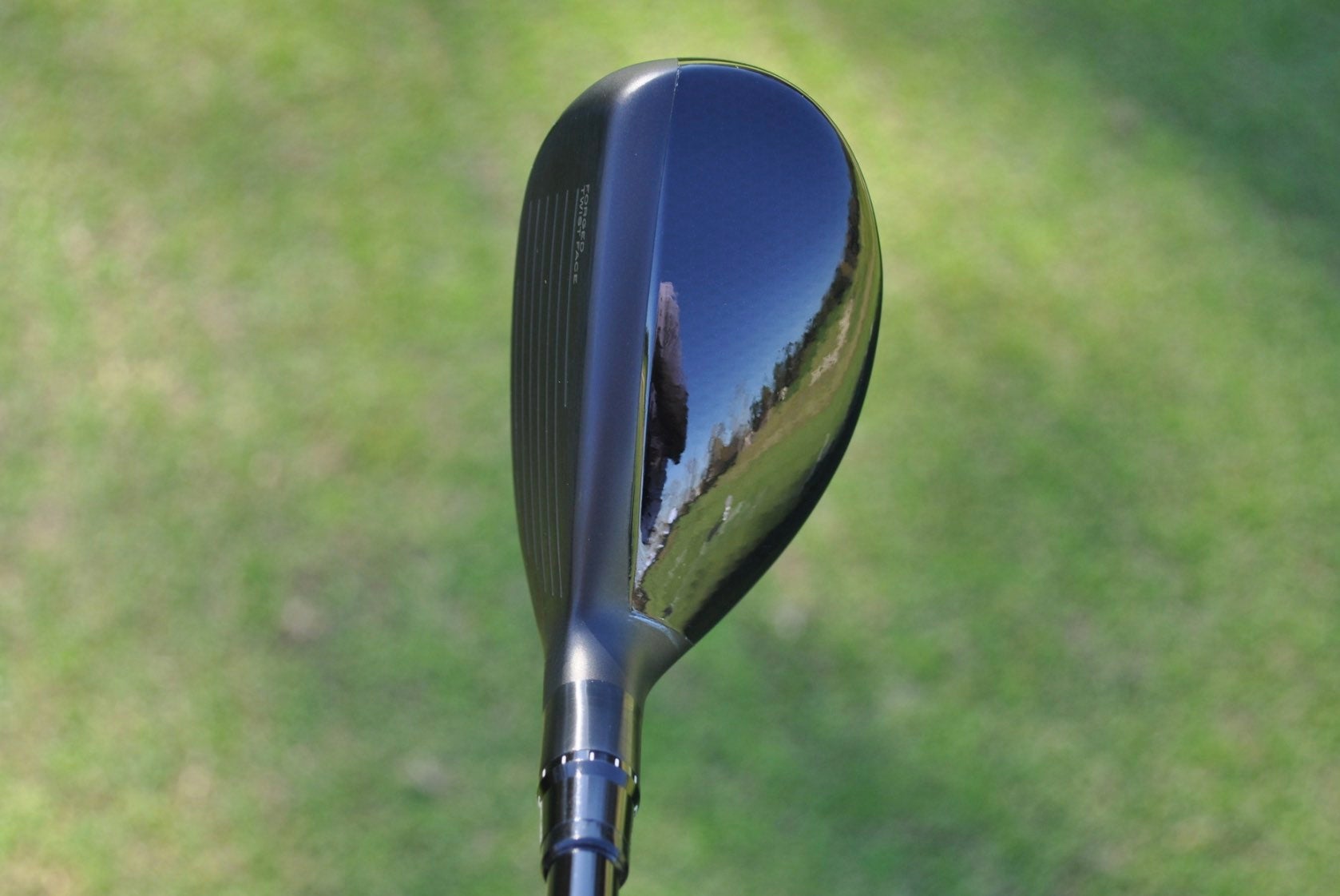
With my 4-iron going around 195 yards in the air and my 5-wood going around 225, the hybrid slotted in perfectly.
Wedges
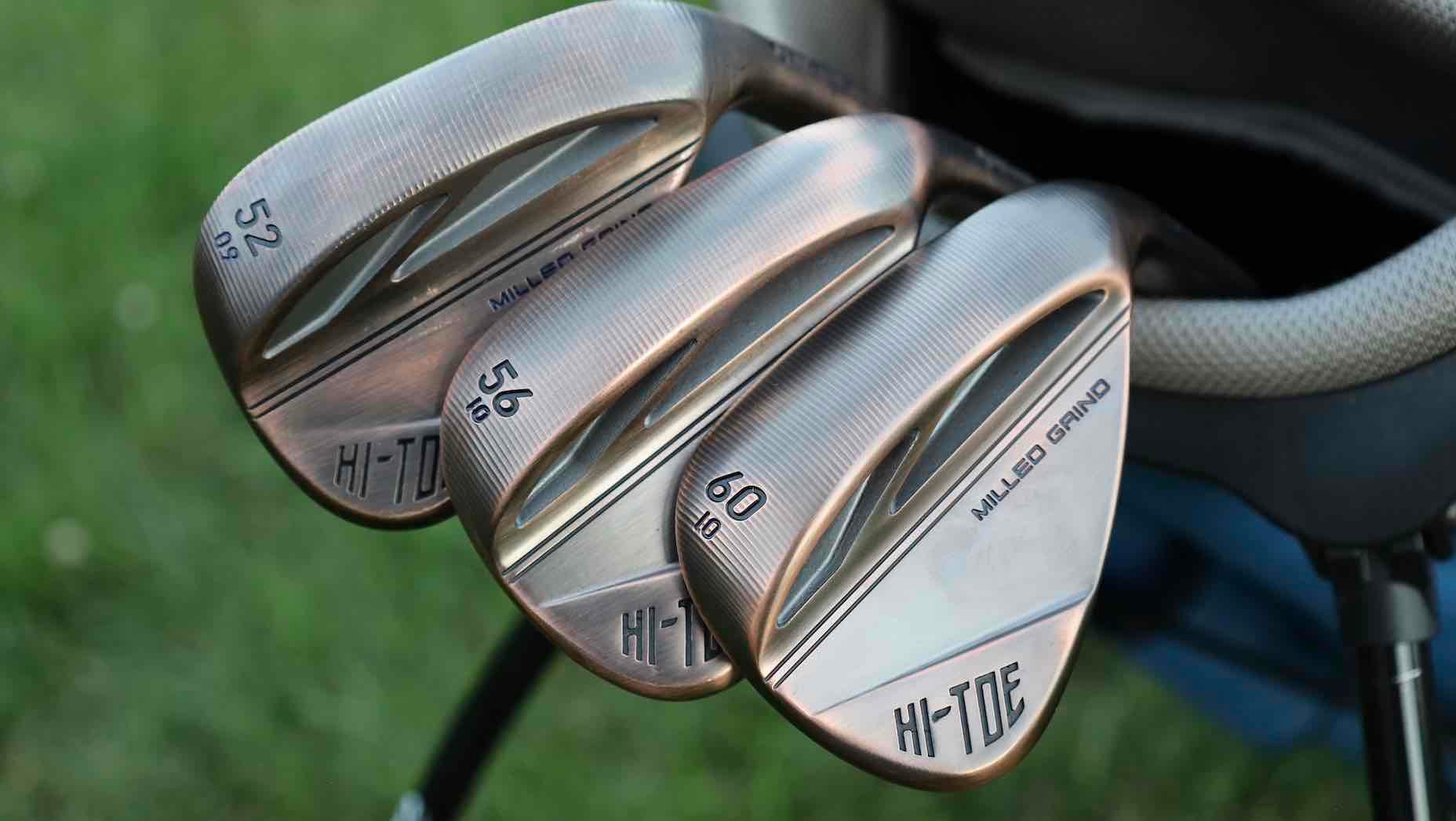
As a golfer who relies on his short game, I don’t stray far from what I know. So when it comes to TaylorMade’s MG3 and HiToe3 wedges, I had many options to blend into my iron set.
I preferred the look of the HiToe3 with the aged copper finish and went with 52, 56 and 60 degrees; I landed in the lower bounce option for the 60 because it is a club I don’t make full swings with.
The great thing about the MG3 and the HiToe3 series is between the two wedge options there are a variety of bounce options to fit your short-game needs. I highly recommend testing both options to see which one fits your eye.
The Results
My biggest fitting takeaway was having the ability to give all of the clubs in my bag a purpose from top to bottom. Being able to truly piece together a customized set of clubs that blend well through the bag added much confidence to the parts of my game where I struggle the most.
With the new Stealth 2 and P-Series irons, I was able to find performance advantages with the entire line but saw my most impressive results with the Stealth2 plus fairway woods and the P770 irons. Now my fairway woods are keeping up with my distance off the tee, and my irons produce better results at the top end of the set.
If you are looking to upgrade this year, the Stealth2 and P-Series iron line are excellent places to start.

